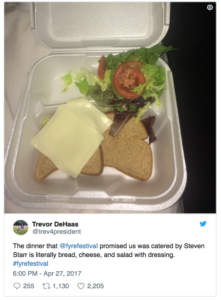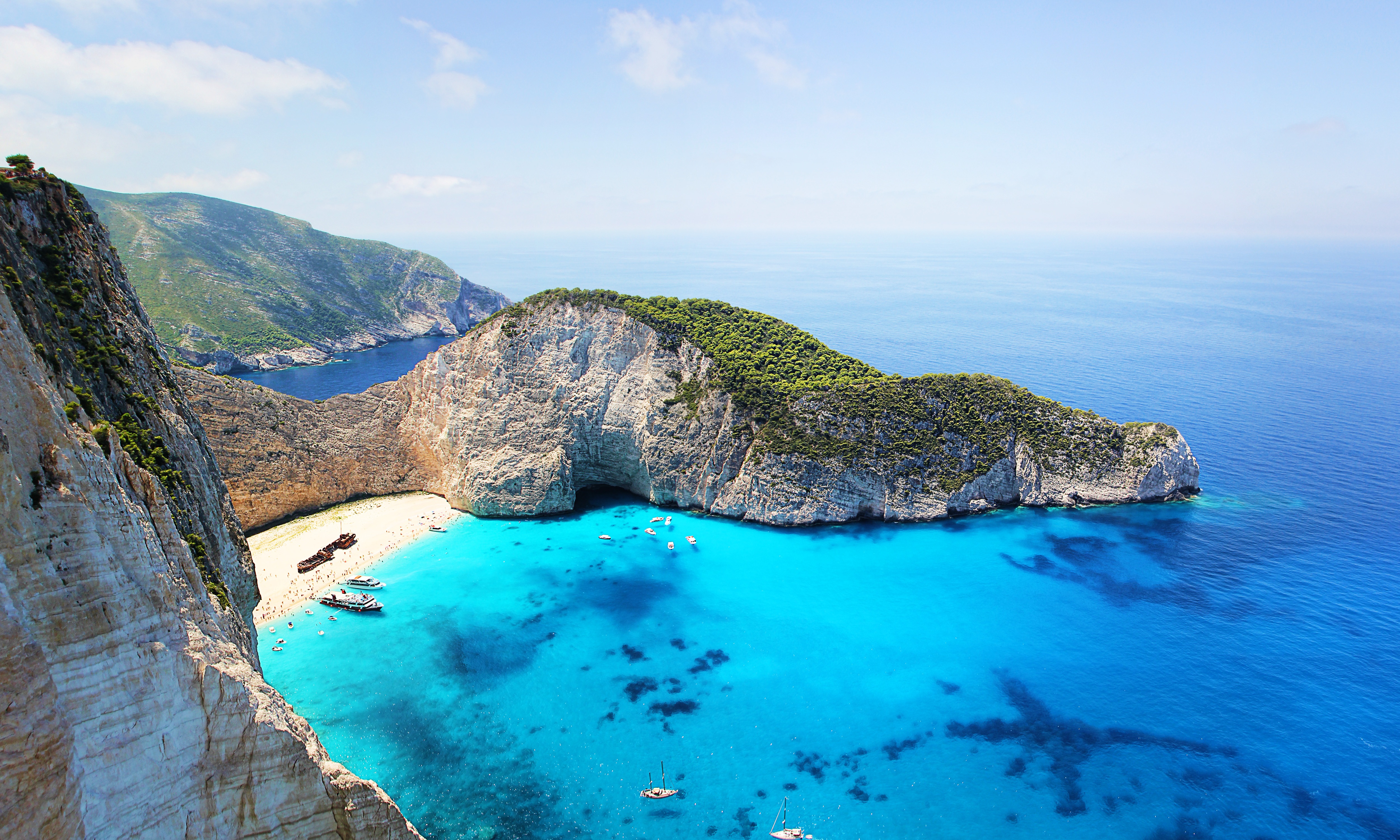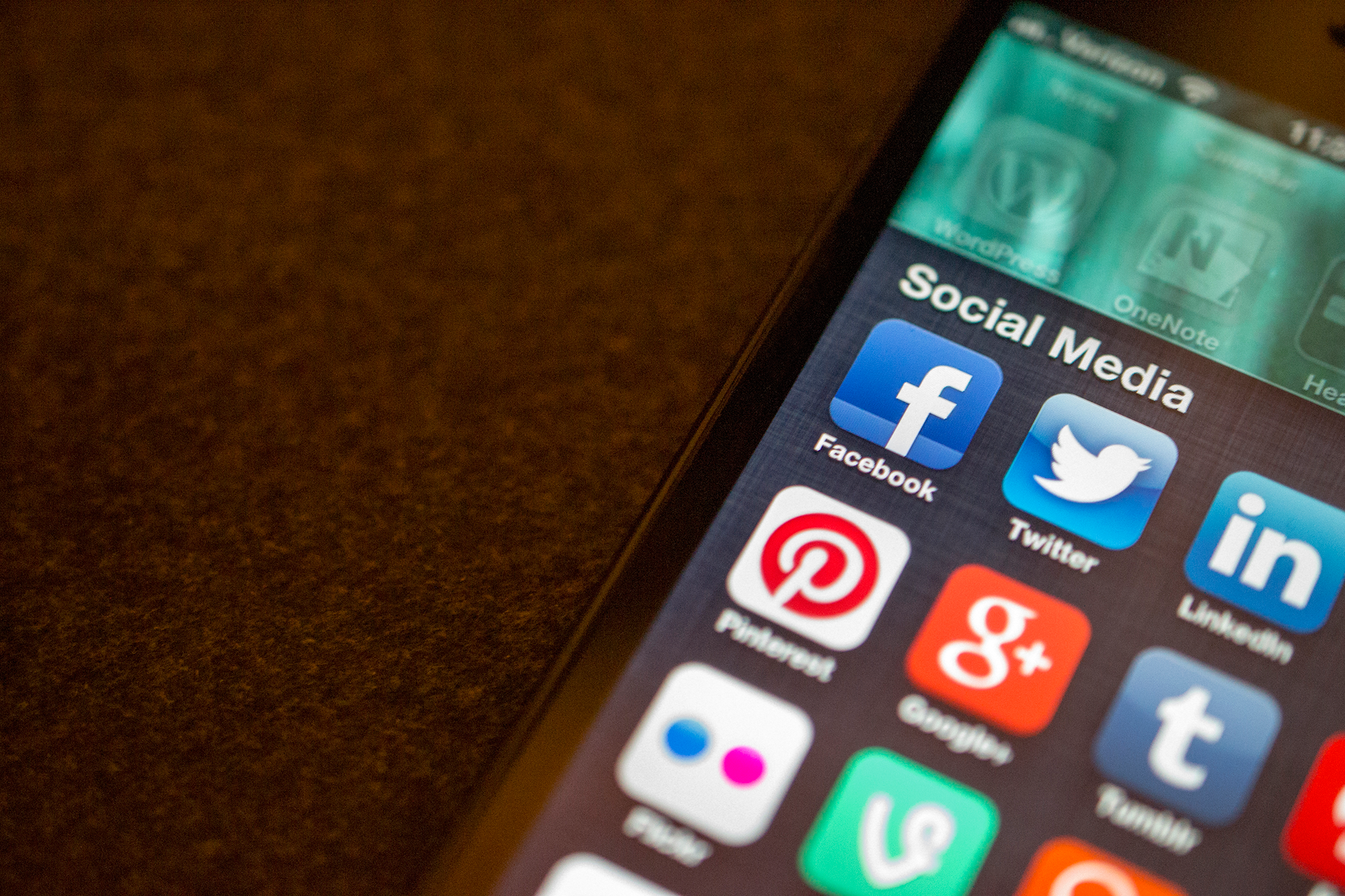By: Victoria Schmidt
The first chartered jet began its decent on the island of Great Exuma’s aquamarine water on April 27, 2017. Elite millennials, eagerly anticipating the ultra-luxurious “Coachella in the Bahamas,” arrived at the white sandy beaches only to find complete chaos.
They had fallen for perhaps the biggest scam of the year.
Promised rock bands, private villas, just like the luxurious turks and caicos villas that people are going for, celebrity chefs, beach yoga and bikini-clad models aboard rented jet skis and yachts – all promoted by the rapper Ja Rule and a gaggle of supermodels on Instagram – Fyre Festival-goers arrived on the lush private island “once owned by Pablo Escobar” to find that their once-in-a-lifetime weekend was definitely going to be unforgettable.
Some dropping upwards of $250,000 per ticket, attendees entered the festival to find that the grounds were in fact not ready. Shivi Kumar, a 33-year-old North Carolina sales executive, told Vanity Fair in an interview that, “We kind of had a feeling something was not right,” he recalls, “but you thought, This is the first time they’re doing this-you expect some glitches.” Landing at 6 p.m., ready to kick off his birthday celebration with his girlfriend, the couple was greeted by music blaring on loudspeakers. Hundreds of concertgoers meandered as a pair of staffers with aging laptops attempted to register them.
“This is where it first hit us: This is a total shit show,” Kumar recalls. “No one knew what was going on. The most alarming part was, they had hired all these models to walk around giving people tequila shots. This was a recipe for disaster, everyone young and drunk, with no information.”
There were no private villas. There were no buildings to stay in. Instead, there was a cluster of carpeted tents –completely soaked. People were stealing bedding, and people were getting more and more drunk.
“Their plan was to get everyone really wasted and they’ll forget how shitty this really is,” Kumar recounts.
Many attendees took to Facebook, Instagram and Twitter to chronicle their quandary.

However, they were met with swarms of critics.
Thousands of people without the money to frolic at Caribbean music festivals heaping abuse on “spoiled” millennials, who were freaking out because they were forced to sleep in tents and eat cheese sandwiches instead of sushi. Fyre Festival transformed from a failed music venue into a richly symbolic moment of Trump’s divided America.
But how did it get to this?
The Fyre Festival social media blitz begins in December 2016 with 400 influencers in various sectors. Their only job, besides attending the festival when it came time, was to post an orange square to Instagram. The 40 that heeded the call include professional surfers, football players, DJ/producers/founders, a short-lived MTV personality and long-term social media personality, and models and models and models and models and models. As you probably guessed, this cost a pretty penny.

In fact, it cost all of the festival organizers’ pennies.
Poor organization coupled with an overspent budget resulted in the much-ridiculed fiasco. While their initial use of influencer marketing was skillful and generated a lot of buzz, Fyre Festival’s organizing team completely botched their management of the aftermath, and even more importantly, they promised something they couldn’t deliver.
The 25 year-old preppy kid, prone to salmon-colored pants, became a prisoner to his own promises and it led to one of the most spectacular failures yet in this new social media era. This past July he was arrested and charged with fraud.
He wanted to be a legend–and I guess now he is.




Wow this article is very shocking! First, that would be an incredible experience to go to “Coachella in the Bahamas.” Second, it would be an eyebrow lifter if you were to see something like that on the internet. Thirdly, Frye Festival is totally in the wrong. Telling buyers that they were going to receive one thing then got the exact opposite is crazy. Unfortunately, that’s definitely a lesson to never trust the internet.
Nice post! I’ve been interested in Fyre since the first ads were released, and it was a complete shock finding out that the festival was indeed, not ready to be held. I have always found it interesting that such big influencers promoted this festival, yet didn’t see any pitfalls when the festival failed… I’m just curious to see if Fyre can get it together in time for this year’s festival!
Talk about going out with a bag. We hear that “there is no such thing as bad PR” but in a case like this, I beg to differ. The 25-year-old definitely made noise with with Web 2.0 stunt, but I’d still call it a failure (and I’m sure his parole officer would agree).
Victoria,
Your post provides an excellent example of leveraging social media to express discontent. This is a common occurrence in society today. As we discussed in class in light of the Justine Sacco debacle, social media can serve as an outlet for people to express their discontent without targeting a specific individual/individuals face-to-face. In this specific case, I don’t believe the festival attendees to be “spoiled millennials,” considering these people paid upwards of $250,000 per ticket, so I’m sure they expected to get what they paid for. However, this social media debate sparks larger questions about the usage of social media for these “negative” purposes. What do we think is more powerful–hundreds of people voicing their negative opinions on the failed event, or a few people confronting the event organizers face-to-face and voicing their discontent about the failed event? In the age of social media, I believe questions such as these are worth pondering.
A friend who visited me in Eugene this weekend actually had a ticket to this festival. He and a group of friends flew from PDX to Florida when just before they boarded their next flight to the Bahamas they got word that it was a fail and flew to Cabo for the week instead. His insurance company refunded the cost of the festival ticket.
First off, great post! I heard about Fyre last spring and was jealous I could not afford to go. I’m just curious what he thought was going to happen once people got there and realized it wasn’t what they paid for? Also, how did he get some of the most well known models to pose for his video? I can’t believe this happened, although it is a very cool idea and would be amazing if they could put it on in the right way.
Great post! I remember hearing about this festival and thinking that it would be very difficult to successfully accomplish. It’s interesting to think about how the individuals who advertised the festival did not receive backlash for too long. I also am curious to know how the refunding process went. Definitely a prime example of bad PR.
Victoria, I remember when this fiasco happened! I think it reflects the power that social media has on everyone especially younger generations. It was so easy to get people to pay up inordinate amounts of money for something that was supposed to be like Coachella on steroids. Their use of influencers not only reached the intended audience but demonstrated its exclusivity and luxury without showing any real evidence that clearly wasn’t there to begin with. The Frye festival turned out so bad it appears to be a money laundering scheme instead just a festival gone wrong. I’m curious to see how it affected all of the influencers credibility with their audience and prospective deals.
Wow, this is so interesting! I had vaguely heard about the failure of this festival, but I didn’t know the background of it. The notes about the marketing strategies implemented are fascinating. I had no idea how this was advertised or why there was so much hype about it, but after watching that video and reading about the influencer tactics, I understand. Thanks for sharing!